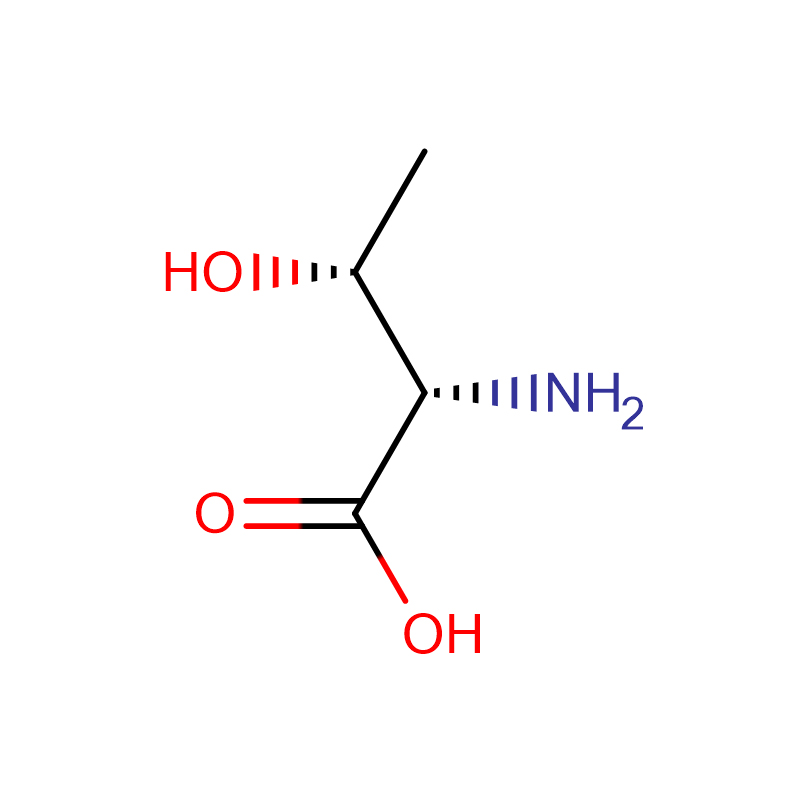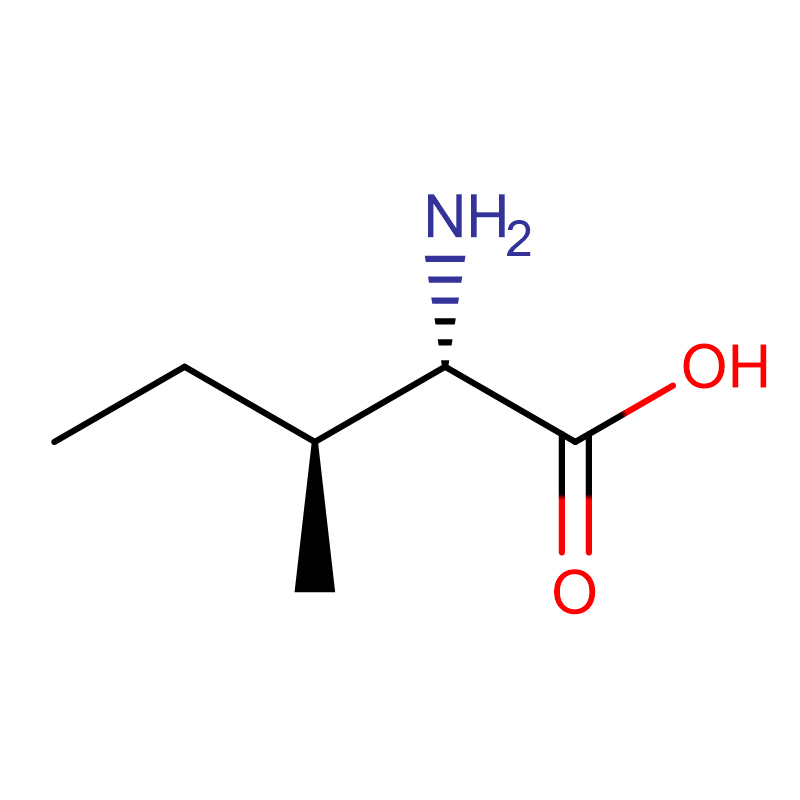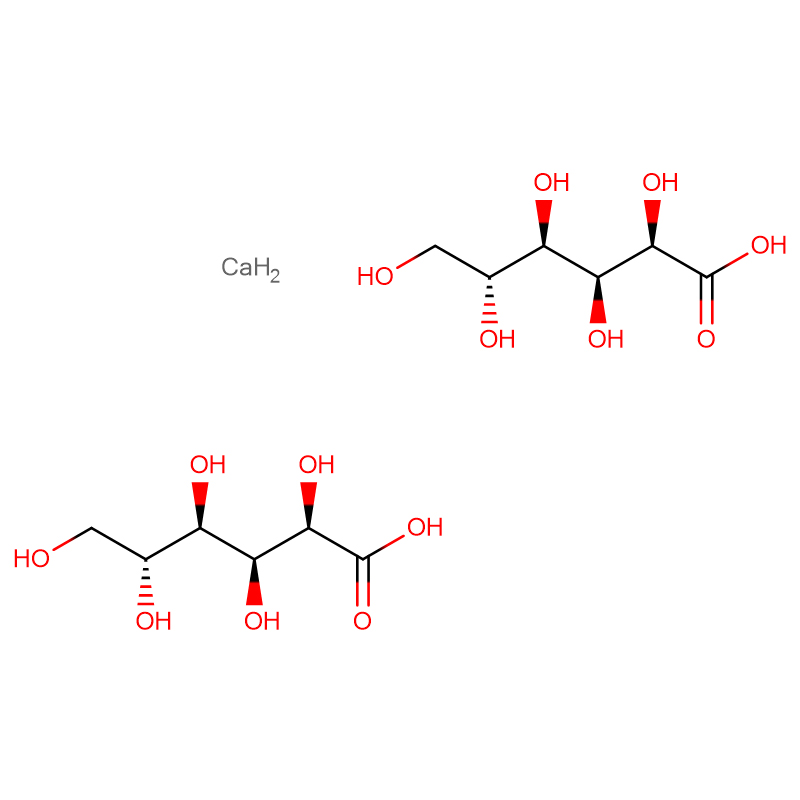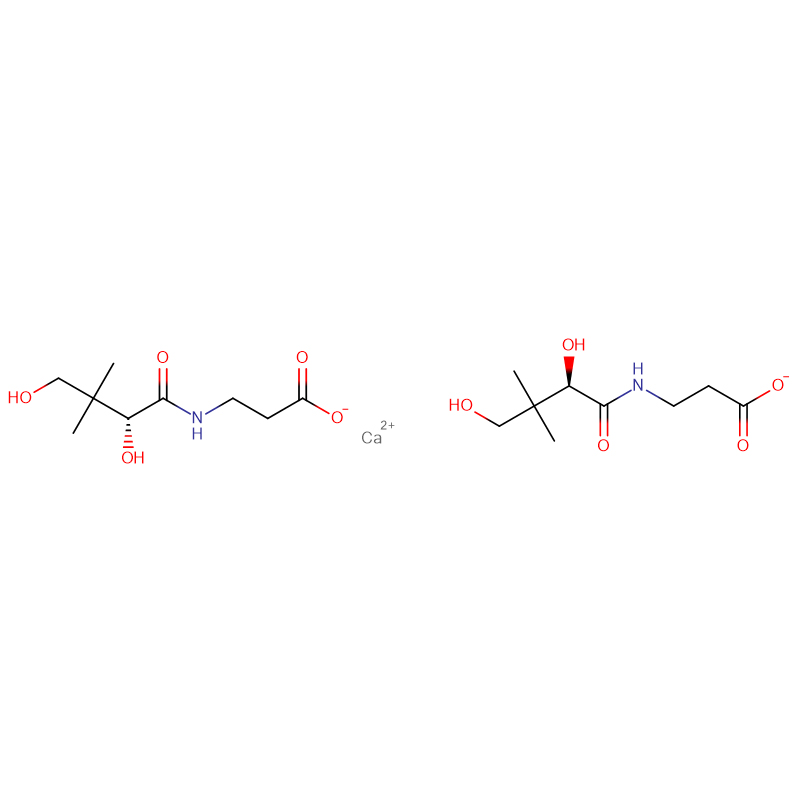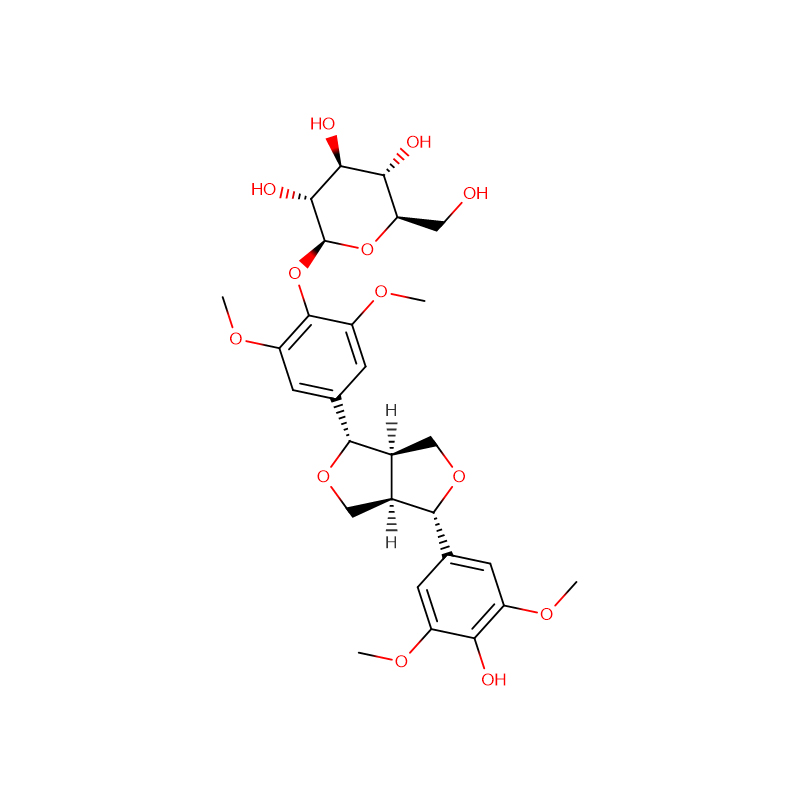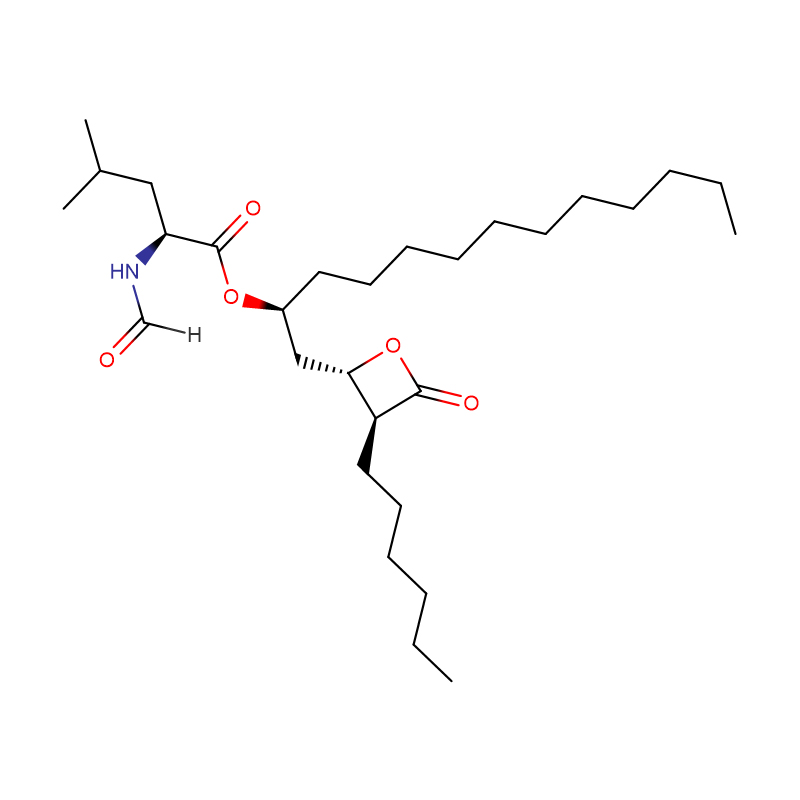L-Threonine Cas:72-19-5
| Catalog Number |
XD91118 |
| Product Name |
L-Threonine |
|
CAS |
72-19-5 |
|
Molecular Formula |
C4H9NO3 |
|
Molecular Weight |
119.12 |
| Storage Details |
Ambient |
| Harmonized Tariff Code |
29225000 |
| Storage Details | |
| Harmonized Tariff Code |
Product Specification
| Appearance |
White powder |
| Assay |
99% |
| Specific rotation |
-27.5 to -29.0 |
| Heavy metals |
10ppm Max. |
| AS |
10ppm max |
| pH |
5.2 - 6.5 |
| Fe |
10ppm max |
| SO4 |
<0.020% |
| Loss on Drying |
<0.20% |
| Residue on Ignition |
<0.10% |
| Transmittance |
NLT 98% |
| Cl |
<0.02% |
| Ammonium salt |
<0.02% |
Physical and chemical properties of threonine
Appearance: white powder
Overview
L-threonine is an essential amino acid, and threonine is mainly used in medicine, chemical reagents, food fortifiers, feed additives, etc. In particular, the amount of feed additives has grown rapidly. It is often added to the feed of young piglets and poultry, and is the second limiting amino acid in pig feed and the third limiting amino acid in poultry feed. Adding L-threonine to compound feed has the following characteristics: ① It can adjust the amino acid balance of the feed and promote the growth of livestock; ② It can improve meat quality; ③ It can improve the nutritional value of feeds with low amino acid digestibility; ④ It can reduce the The cost of feed raw materials; therefore, it has been widely used in the feed industry in EU countries (mainly Germany, Belgium, Denmark, etc.) and American countries.
Discover
It was isolated and identified from fibrin hydrolysate by W.C.Rose1935. In 1936, Meger studied its spatial structure and named it threonine because of its similar structure to threose. There are four isomers of threonine, and L-threonine is the one that occurs naturally and has physiological effects on the body.
metabolic pathway
The metabolic pathway of threonine in the body is different from other amino acids. It is the only one that does not undergo dehydrogenase and transamination, but through threonine dehydratase (TDH) and threonine dehydration (TDG) and aldehyde condensation. Amino acids that are converted into other substances catalyzed by enzymes. There are three main pathways: metabolized to glycine and acetaldehyde by aldolase; metabolized to aminopropionic acid, glycine, and acetyl COA by TDG; metabolized to propionic acid and α-aminobutyric acid by TDH
Threonine product use
The main purpose
Threonine is an important nutritional fortifier, which can fortify cereals, pastries, and dairy products. Like tryptophan, it can relieve human fatigue and promote growth and development. In medicine, because the structure of threonine contains hydroxyl groups, it has a water-holding effect on human skin, combined with oligosaccharide chains, plays an important role in protecting cell membranes, and can promote phospholipid synthesis and fatty acid oxidation in the body. The preparation has the medicinal effect of promoting human development and resisting fatty liver, and is a component of compound amino acid infusion. At the same time, threonine is also the raw material for the manufacture of a class of highly effective and hypoallergenic antibiotics, monoamidocin.
Main food sources: fermented foods (cereal products), eggs, chrysanthemum, milk, peanuts, rice, carrots, leafy vegetables, papaya, alfalfa, etc.
Threonine is used in medicine, chemical reagents, food fortifiers, feed additives, etc. In particular, the amount of feed additives has grown rapidly. It is often added to the feed of young piglets and poultry, and is the second limiting amino acid in pig feed and the third limiting amino acid in poultry feed. [4]
With the improvement of people's living standards and the development of aquaculture, threonine, as an amino acid for feed, is widely used to add piglet feed, breeding pig feed, broiler feed, shrimp feed and eel feed. Has the following characteristics:
——Adjust the amino acid balance in the feed to promote growth;
- can improve meat quality;
- can improve the nutritional value of feed ingredients with low amino acid digestibility;
——It can produce low-protein feed, which helps to save protein resources;
——It can reduce the cost of feed raw materials;
——It can reduce the nitrogen content in livestock and poultry manure and urine, and the ammonia concentration and release rate in livestock and poultry houses.
At present, German scientists have discovered a threonine in human blood, and experiments have found that it can prevent HIV from attaching and invading somatic cells, by interfering with the surface protein of HIV, making it unable to function. The discovery of this amino acid provides a pathway for the development of anti-AIDS drugs.
Necessity for application to feed
At present, the relative lack of feed resources, especially the lack of protein feed such as soybean meal and fish meal, seriously restricts the development of animal husbandry. Threonine is usually the second or third limiting amino acid in pig feed, and the third or fourth limiting amino acid in poultry feed. With the wide application of lysine and methionine synthetic products in compound feed, it is gradually It has become the main limiting factor affecting the performance of livestock and poultry, especially after adding lysine in low-protein diets, threonine has become the first limiting amino acid for growing pigs.
If threonine is not used in the feed, the regulation of threonine in the feed can only rely on protein raw materials, and protein raw materials contain not only threonine, but also other essential and non-essential amino acids. The result of using threonine to adjust the amino acid balance is that the amino acid balance of the feed cannot be improved as much as possible, the waste of a large amount of essential amino acids cannot be further reduced, and the formula cost of the feed cannot be further reduced. The threshold that must be crossed to improve amino acid balance is a bottleneck problem that all formulators cannot avoid.
The use of threonine can reduce the waste of essential and non-essential amino acids, or reduce the crude protein level of the feed. The reason is the same as using lysine hydrochloride. The crude protein level of the feed can be obtained by using crystalline amino acids. Reasonable reduction, the production performance of animals will not be damaged, but may be improved.


